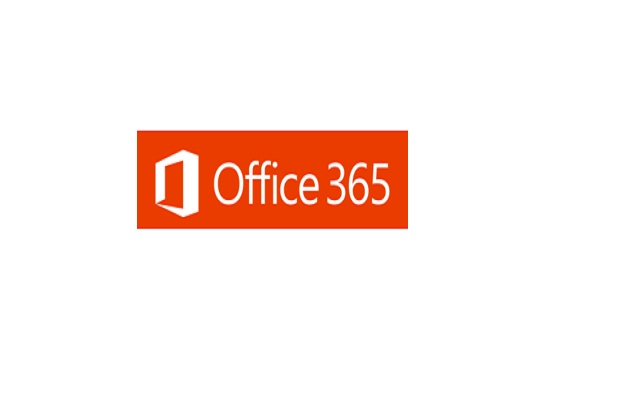How to boost your Office 365 sales revenue
While some MSPs still lament their customers’ IT moving to the cloud, savvy IT service providers are uncovering new revenue streams

By now, most MSPs have come to terms with the fact that their customers are going to move at least some portion of their IT operations to the cloud.
The advantages simply outweigh the disadvantages. In fact, according to the Cloud Industry Forum’s recent research, the proportion of UK businesses using at least one cloud or hosted service has increased from 69% in 2013, to 78 per cent in 2014 and 84 per cent in 2015.
Selling cloud-based IT solutions can be a serious challenge for some MSPs, especially those accustomed to fewer, more sizeable projects. The idea of swapping these big deals for a few hundred pounds a month in Office 365 subscription revenue simply doesn’t add up. However, with a slight change in perspective, and by following the two tips below, MSPs can earn healthy margins selling Office 365.
Tip #1: Change your Office 365 sales status from advisor to cloud solution provider
Before MSPs can start selling Microsoft Office 365, they must determine which Microsoft programme to employ. Several value-added distributors and master cloud service providers recommend channel partners use the Microsoft Cloud Solution Provider (CSP) programme. The CSP programme offers a few key advantages over other Microsoft partner licensing models (such as Advisor), including:
You can retain ownership of customer relationships: Unlike other Office 365 programmes that require partners to turn over the sale – including the billing and support – to Microsoft, the Microsoft CSP programme enables channel partners to retain complete ownership of their customer relationships. This makes it much easier to bundle your offering with professional services such as helpdesk support.
You earn higher commissions: Under the current Microsoft Advisor programme, channel partners earn just three per cent margins on Office 365 subscriptions. The CSP programme, on the other hand, provides partners with margins that are 11 per cent or higher. Additionally, distributors and master cloud service providers often add financial incentives to attract channel partners to sign up with them, which can boost first year CSP subscription commissions to 16 per cent or higher!
Tip #2: Make Office 365 part of your backup and disaster recovery plan
As Outlook, Word, Excel, PowerPoint, SharePoint and Skype for Business move to the cloud, the data associated with these apps is synced in Microsoft’s cloud. This means there is a clear opportunity to include Office 365 apps and data in your Backup & Disaster Recovery (BDR) strategy. Putting value-added services in place around Office 365 can increase your revenues and add an extra layer of security and protection as your customers’ apps and data are moved into the cloud.
ChannelPro Newsletter
Stay up to date with the latest Channel industry news and analysis with our twice-weekly newsletter
The fact is, Microsoft’s backup and recovery processes might not align with your customers’ service level agreements, security and data protection requirements, or business needs. For instance, financial services companies have to follow strict long-term data retention guidelines that may surpass Microsoft’s cloud backup offering.
The key to preventing cloud offerings from eating into your BDR margins is to avoid treating BDR as a task-based IT function. Instead, you should view BDR as a strategic business process. When you talk to your clients about concepts such as business continuity, RPO (recovery point objective) and RTO (recovery time objective), you’ll quickly eliminate many of the objections that may arise with backing up cloud services. Also, by broadening the discussion from backup to more advanced solutions, services and business strategies, it makes it easier to influence your customers’ key decision makers and earn higher margins.
Cloud-based offerings like Microsoft Office 365 are not passing fashions. They are gaining momentum and have become the new standard for businesses of all sizes and types. Despite some predictions that the cloud will eliminate the need for the channel, nothing could be further from the truth. The reality is that most businesses now have a portion of their IT on-premises and a portion in the cloud, and they need the two environments to work together as if they were one platform. There is a significant amount of complexity and skill required to achieve this outcome, which is a sign that the channel is going to be in high demand for a long time to come.
Jason Howells is EMEA director, MSP solutions at Barracuda Networks
-
 How the UK MoJ achieved secure networks for prisons and offices with Palo Alto Networks
How the UK MoJ achieved secure networks for prisons and offices with Palo Alto NetworksCase study Adopting zero trust is a necessity when your own users are trying to launch cyber attacks
By Rory Bathgate
-
 Putting small language models under the microscope
Putting small language models under the microscopeITPro Podcast The benefits of small language models are undeniable – but they're no silver bullet
By Rory Bathgate